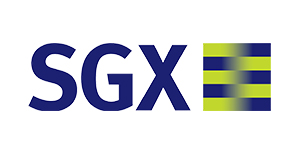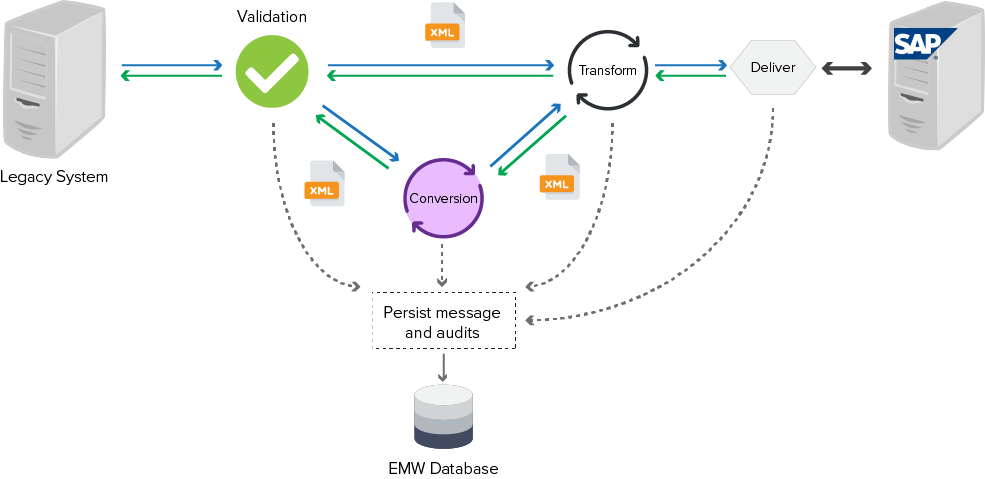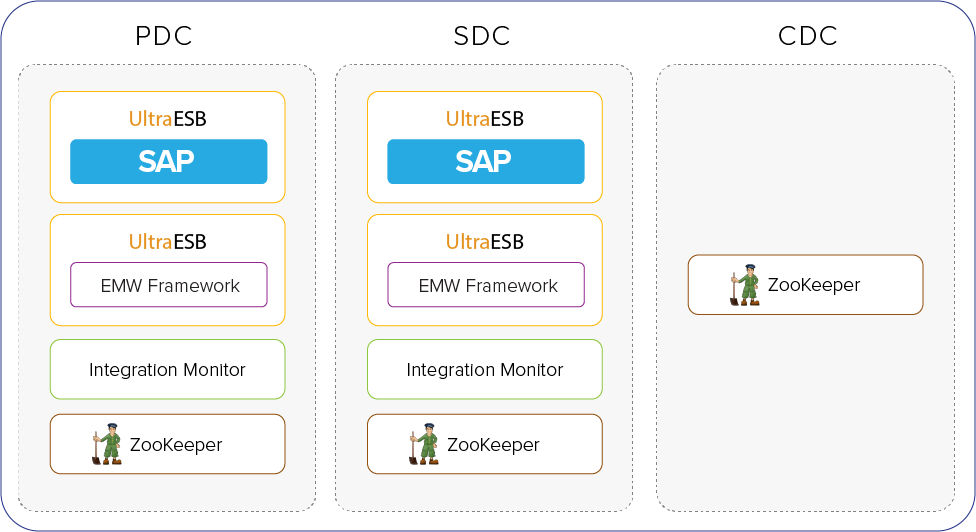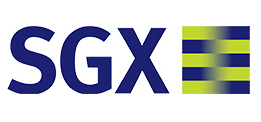SGX utilizes AdroitLogic UltraESB and Enterprise Middleware Framework as a flexible and scalable integration solution for SAP
Download PDFBackground
Singapore Exchange Limited1 (SGX) is Asia's most international stock exchange, and together with its affiliates, offers a fully integrated value chain from trading and clearing to settlement and depository services. SGX, together with its affiliates, is Asia's leading counterparty for the clearing of financial and commodity products and serves customers all over the world through multiple locations.
Headquartered in Singapore, SGX operates a derivatives sales o ce in Hong Kong, a liaison office in Mumbai and representative offices in Beijing, London and Tokyo. SGX is also a member of the World Federation of Exchanges and the Asian and Oceanian Stock Exchanges Federation.
Challenge
A legacy system currently in use at the Singapore Exchange Limited, was required to publish information to the SAP system via a Business Application Programming Interface (BAPI) of SAP.
The primary integration challenge was the need to uniformly mediate, transform and dispatch messages belonging to multiple types of XML formats, sent out by the legacy system, to the same BAPI function interface. Further, it was necessary to track all dispatched messages via a unified dashboard, with detailed tracing and monitoring capabilities.
The overall solution required integration of HTTP communication with the BAPI protocol, along with payload transformation, while being deployed over multiple data centers for high availability. A further requirement was to monitor and track the status of each transaction through a customized dashboard, which provides management facilities for messages such as redelivery and archiving.
Solution
SGX selected the AdroitLogic UltraESB as the Enterprise Service Bus (ESB) for the integration requirement, and engaged with AdroitLogic to design, build, test and deploy the solution, built on top of the request-response model of the AdroitLogic Enterprise Middleware Framework (EMW), which has the ability to expose multiple SOAP web services over HTTP.
Legacy system calls are received through SOAP web service requests and dispatched to an EMW interface. First the message payload is validated against a specific XSD schema and then it is dispatched into a set of EMW subroutes which transform the message payload into downstream formats. After the subroute processing, transformed messages are delivered to the SAP system using the BAPI protocol.
The EMW Framework persists a copy of each received, processed and delivered message with its status and meta information into the ESB database, for monitoring and management purposes, without affecting the critical integration flow. The database persistence operation is performed asynchronously, decoupled from the main integration flow, to prevent any impact on performance.
Further, the solution includes a custom dashboard integrated with the AdroitLogic Integration Monitor to manage and monitor message flows with ease. The dashboard provides facilities to track the status of each individual message while exposing management operations such as archiving messages and even provisioning or disabling downstream systems on-the-fly.

"The use of UltraESB, along with Enterprise Middleware Framework (EMW), helped us to successfully integrate a SAP (BAPI) system with an existing internal legacy system, while preserving the flexibility and scalability to cater our future requirements as well. Further, we have the convenience of monitoring, auditing and debugging the lifecycle of each message through a unified interface provided by the EMW dashboard."
Ang Kian Ann
Assistant Vice President - Enterprise Services
Singapore Exchange Limited

Deployment
The project is deployed on a two-node UltraESB cluster which is configured to operate in active-passive mode. The active node is deployed in the Primary Data Center (PDC), and the passive node is deployed in the Secondary Data Center (SDC), while maintaining the guarantee of giving priority to the PDC whenever it is available.
In addition to that, the common portion of the EMW Framework that takes care of the database persistence of messages and audit logs is deployed as a parallel but separate project on a similar active-passive setup.

1. SGX and its affiliates make no representation, warranty, guarantee or endorsement whatsoever (whether express or implied) regarding, and hereby expressly exclude all responsibility and liability for, any and all products, services, processes, solutions and/or other information set out herein or in any ancillary documentation.

